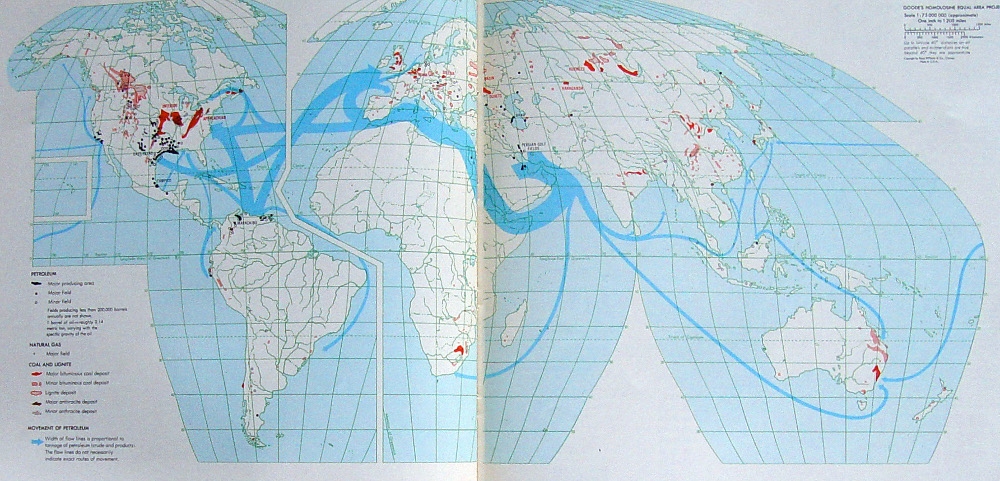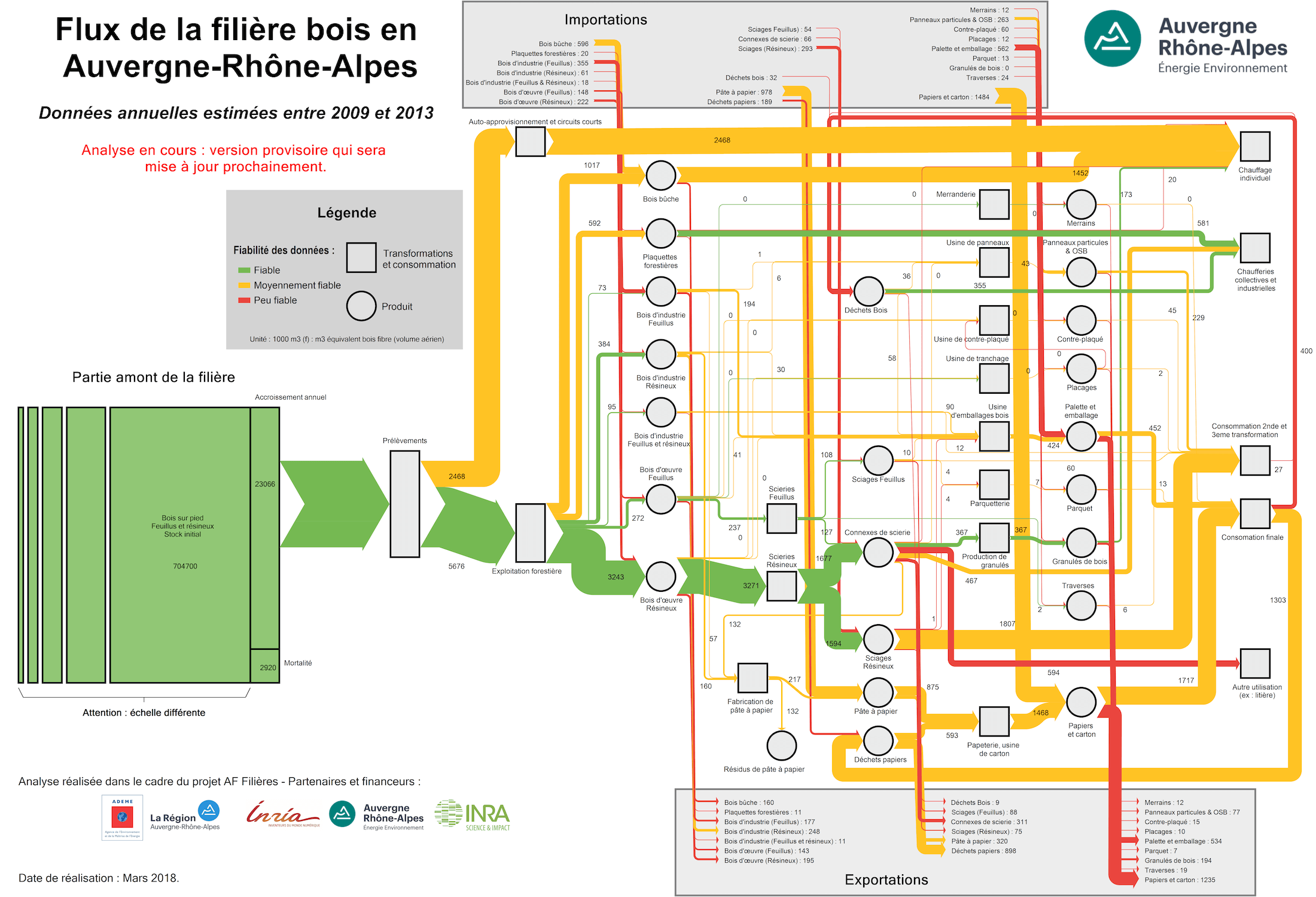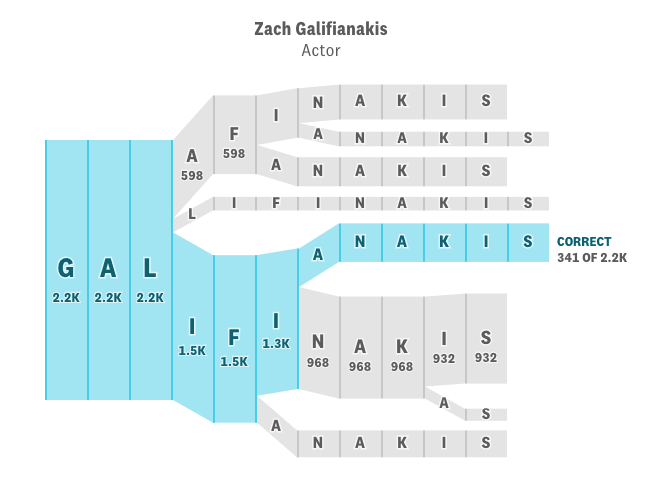Did a clean up some of my hard disks and came across a number of gems I had saved. Unfortunately I hadn’t noted the sources for all of them.
Here is one of these. A photo of two facing pages in a book depicting world oil streams. You can find more Sankey diagrams on maps here on the blog if you search for the tag ‘map’. This one is different though, as it uses a special map projection (probably Goode homolosine) with a cut along the Atlantic and Hawai’i as an inset.
Unfortunately I do not know from which book that was taken. Neither do I know the year of reference or the unit of measure for the flows. We can see the oil shipments mainly starting from the Middle East and Venezuela with Europe and the U.S. as main destination markets. Additionally, areas where coal, natural gas and petroleum are extracted are marked on the land areas.
In the botton left corner the legend reads for “Movement of petroleum”: Width of flow lines is proportional to tonnage of petroleum (crude and products). The flow lines do not necessarily indicate exact routes of movement’




